Archeology
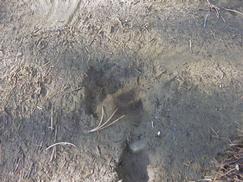
A bear track in the mud washed smooth by the previous afternoon's rain shower.
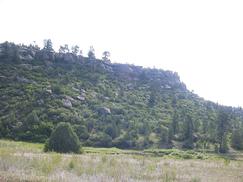
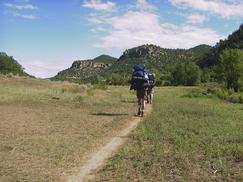 We walked NW up the canyon to the Indian Writing campsite.
We walked NW up the canyon to the Indian Writing campsite.
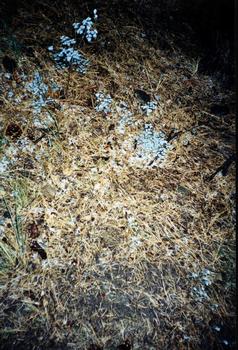
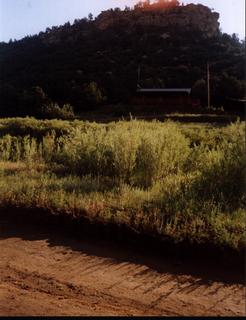 Throughout the trip there were flowers of various sorts.
Throughout the trip there were flowers of various sorts.
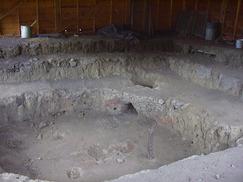
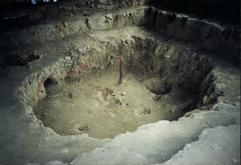 This area had several different types of human housing.
The first was an
Anasazi Indian pithouse.
These people were the precursors of the Pueblo Indians.
This area had several different types of human housing.
The first was an
Anasazi Indian pithouse.
These people were the precursors of the Pueblo Indians.
This particular pit house was found when someone noticed the
gophers pulling up soil discolored by heat as well as small
human bones. When the area was excavated, the found a skeleton
in the corner of the house.
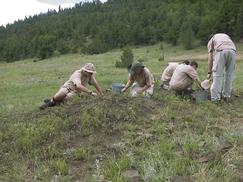
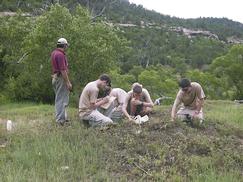 The scouts worked some dirt piles looking for indications of
human habitation. Mostly they found stones which had been chipped.
The scouts worked some dirt piles looking for indications of
human habitation. Mostly they found stones which had been chipped.
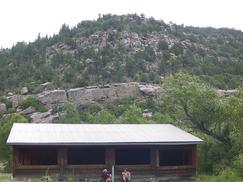
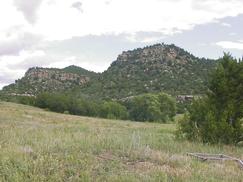 This shed was over the pit house to protect it from the weather,
animals, and people. In the background are the hills that contain
some of the petroglyphs.
This shed was over the pit house to protect it from the weather,
animals, and people. In the background are the hills that contain
some of the petroglyphs.
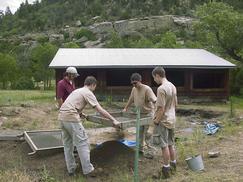
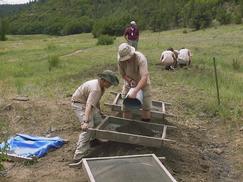 There were shake tables to sift out the artifacts and stones from
dirt.
There were shake tables to sift out the artifacts and stones from
dirt.
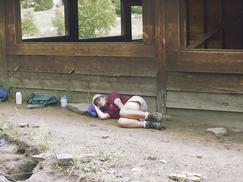
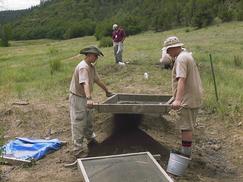 Lisa took a break while the scouts were playing in the dirt.
Lisa took a break while the scouts were playing in the dirt.
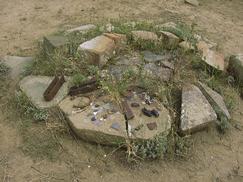
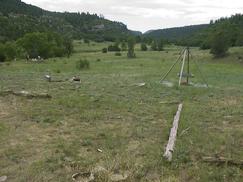 The staff was working a new site near the pit house which was a
settler cabin which was probably part of the land disputes in the
19th century. Because of the layout of the cabin and out buildings,
they had decided that this was probably a cabin built by a Mexican
rather then someone coming from the U.S.
The staff was working a new site near the pit house which was a
settler cabin which was probably part of the land disputes in the
19th century. Because of the layout of the cabin and out buildings,
they had decided that this was probably a cabin built by a Mexican
rather then someone coming from the U.S.
There isn't much to see at this site.
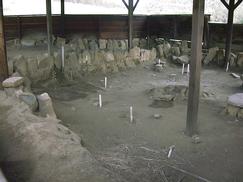
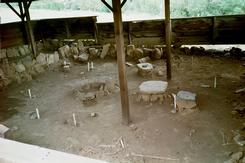 The third site was an Apache slab house.
This is also enclosed by a shed like the pit house.
The big flat stones in the center of the room were used
on the roof. When the roof collapsed, the stones sandwiched
the roof to the house floor. The people excavating this site
left a portion of the roof undisturbed underneath the stones.
The third site was an Apache slab house.
This is also enclosed by a shed like the pit house.
The big flat stones in the center of the room were used
on the roof. When the roof collapsed, the stones sandwiched
the roof to the house floor. The people excavating this site
left a portion of the roof undisturbed underneath the stones.
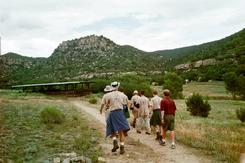
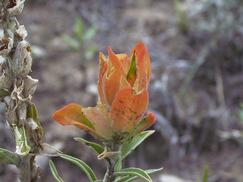
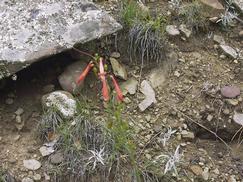
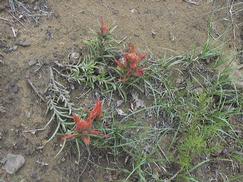 OK. I like the flowers. Most of them I didn't photograph,
as I was trying to keep up with the crew.
OK. I like the flowers. Most of them I didn't photograph,
as I was trying to keep up with the crew.
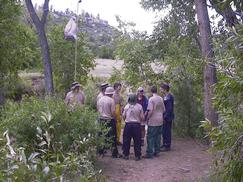
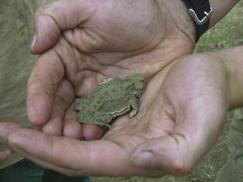 Our crew taught Lisa the King Frog game.
Our crew taught Lisa the King Frog game.
The last crew from T163 had come across a lizard much like
this one. The photo in our archives show the lizard in a
pair of hands. The scouts wanted to recreate that image.
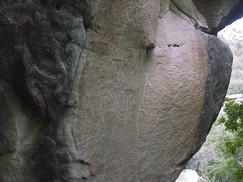
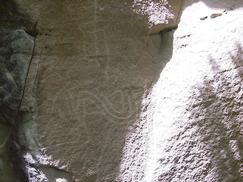 We went on a tour of some of the petroglyphs left by the
Anasazi Indians.
We went on a tour of some of the petroglyphs left by the
Anasazi Indians.
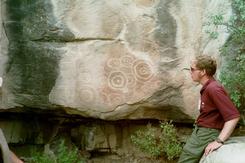
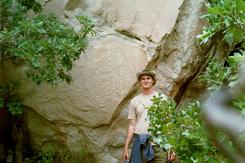 The petroglyphs are representations of the things around them.
The concentric circles are thought to represent pit houses.
The chainsaw represents the canyon, with side canyons coming
off of it.
The petroglyphs are representations of the things around them.
The concentric circles are thought to represent pit houses.
The chainsaw represents the canyon, with side canyons coming
off of it.
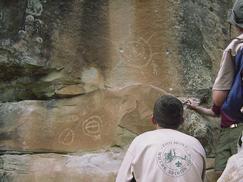
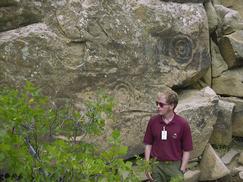 The divits in this photo are from bullets fired by the cowboys in
their early days here.
The divits in this photo are from bullets fired by the cowboys in
their early days here.
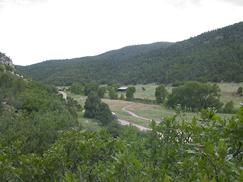
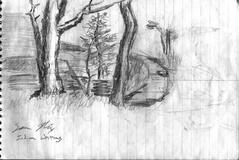 A look back at the settlement area from the clifts with the petroglyphs.
A look back at the settlement area from the clifts with the petroglyphs.
If you have any question about this page, send mail to Dave Regan